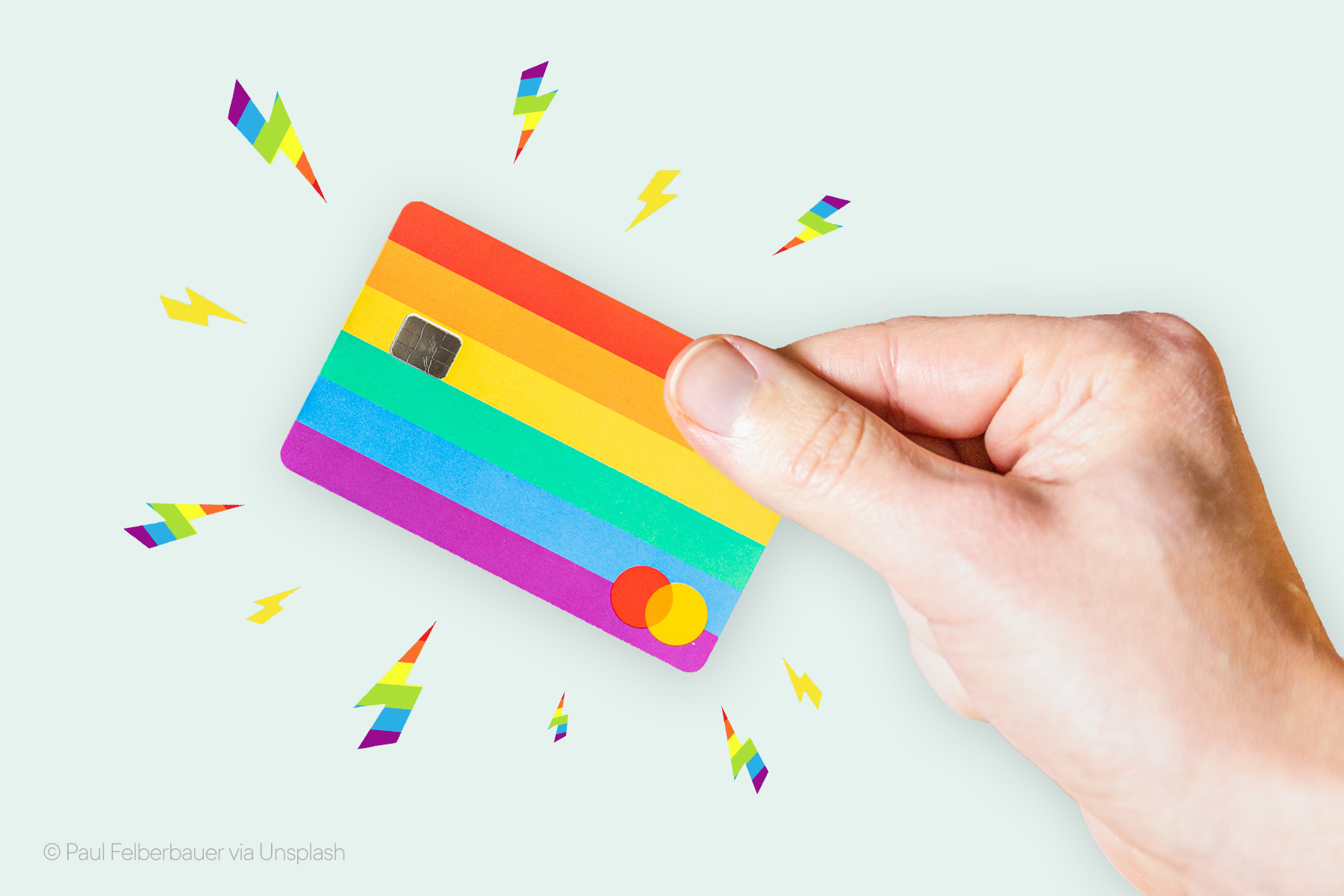A Brief History of Money
Money has an extremely high standard in the current society. But how did a rectangular piece of paper (or plastic, depending on the location) come to hold so much value that everybody seems to want it so badly?
Money has an extremely high standard in the current society. So much that most of our current economic and social system is centered around it. But how did a rectangular piece of paper (or plastic, depending on the location) come to hold so much value that everybody seems to want it so badly?
To answer this, we must go back a few centuries or rather, a few millennia. Ever since humans started settling down and forming civilisations, there was a need for trading goods. The toolsmith did not grow his own food and the farmer did not make his own tools. So, if the toolsmith needed food and the farmer needed tools, they would just barter their goods. This is what is known as a coincidence of wants. But the farmer won’t always need tools and the toolsmith would have nothing good to exchange with the farmer. Hence there was a need for a ‘universal’ currency which was seen to be valuable by everyone for easier trade.
This universal currency was often in the form of different commodities which were perceived to be precious in different societies. Some notable examples include cattle, seashells and even alcohol. This system seemed to work well enough for a brief period of time but soon, as progress started connecting different communities, its drawbacks seemed apparent. Commodities seen precious at one location might be worthless at others where they could be abundantly available. This limited trade. The need for a better alternative to commodity money became imperative. A better ‘universal’ currency.
Fast forward a few centuries, gold and silver coins started being used by many kingdoms as their own official medium of exchange. These were both rare and perceived to be valuable in a lot of cultures, hence trade became a bit easier. But again, this was always subject to the condition that a new goldmine could be discovered which would drive the entire economy to inflation and mess up the whole system. Moreover, it was still difficult to carry and transact.
In comes paper money. But how is it any valuable? After all, they are just pieces of paper, right? In the initial stages, some governments started persuading the public to deposit their gold with them and issuing contract notes certifying that they could withdraw their gold at any moment in time by handing in the notes. Soon, instead of first withdrawing gold and then trading goods with the gold, people started trading goods with these contracts itself. With time, everyone understood that these contracts were as good as gold. This soon developed into what was known as the gold standard, that is, deriving the value of the currency through the value of the gold it was backed by.
After World War 2, one of the most expensive wars in history, the monetary system of a lot of the countries was in shambles. There weren’t enough gold reserves per country to peg their currency to it. The United States had turned out in a not-so-bad financial condition after the war and had ended up amassing vast amounts of gold reserves. The world could not peg their currency to gold anymore. But the US could and the dollar could. So, in 1944 came the Bretton Woods agreement through which a lot of countries pegged their currencies to the US dollar which was, in turn, pegged to gold prices. And soon, at the start of the 1970s, the Nixon-led US government removed its currency from the gold standard. Meaning that the currencies were backed by nothing but trust. Trust in the government and trust in the system itself. And this lands us in the present situation, where almost every item in the world is traded on this trust.
So what lies ahead? Is the current system a flawless one? Apparently not. There have been some major fiascos around the world like hyperinflation in countries like Venezuela and Zimbabwe. Since 2016, the overall inflation rate in Venezuela has increased to more than 53 Million percent. To put that into perspective 1 INR equalled 0.1 Venezualan Bolivar in 2016, today it equals more than 4 billion Bolivars. This has cost a lot of people their life savings since the currency has turned almost worthless. The threat that this can happen to any other currency whenever the government decides to print excess notes has led to growing antitrust sentiments among the general public towards the current system. It has caused many people to believe an alternative to fiat is essential and cryptocurrencies could prove to be this alternative.
Cryptocurrencies are decentralised, meaning that there is no authority controlling its supply. Just as fiat is fueled by the trust in government and the banking system, cryptocurrencies are fueled by the trust in blockchain technology and the millions of people operating on it. Cryptos have recently become mainstream due to their massive social media coverage and price volatility. Many famous celebrities and financial gurus have given strong and contrasting opinions over it. Currently, the crypto market is at a very nascent stage with huge growth potential. With constant technological development, there is definitely potential in cryptos to become a medium of exchange. As for whether it will happen, many economists believe it will, many don’t. But until then, the rectangular pieces of paper are here to stay.




Comments